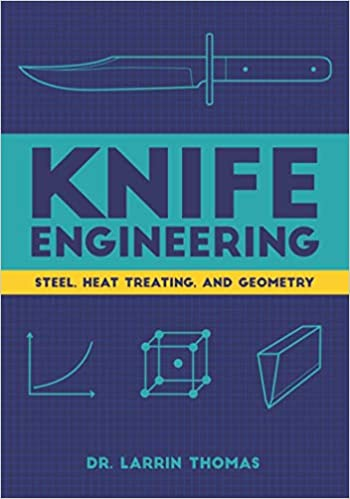Well...here's a primer on steel types. Keep in mind, there are not always hard and fast rules, as application of a steel kind of defines what kind of steel it is as much as what it was designed, marketed, and named for.
Simple high carbon. These steels basically contain 3 major elements; iron, carbon, and manganese. Carbon strengthens iron, manganese facilitates the union of those two elements. Common examples: 1075, 1080, 1084, 1095.
Low alloy steels. These are simple high carbon steels with the significant addition of one or more alloying elements in relatively small quantities to enhance strength, toughness, wear resistance, and hardenability. Chromium is a common addition, but pretty much any of the common alloying elements used to include vanadium, tungsten, molybdenum, and nickel. The key thing that sets low alloy steels apart from tool steels is the small amount of alloying elements leads to small amounts of carbides formation. Common examples are 80CrV2, 5160, and 52100.
Tool Steels. Now, the water gets significantly muddy starting right here. But, generally speaking, the thing that defines a "tool steel" is significant amount of carbides. You start with the basic iron, carbon, and manganese, but then you add in relatively high amounts of chromium, vanadium, tungsten, in addition to higher amounts of carbon. So instead of just steel, the result is steel + carbides. Carbide is much harder than steel, so wear resistance is increased. That is to say that the steel is less easily abraded based on the relative percentage of carbide to steel. Some tool steels are nearing the 30% carbide range, with mind blowing wear resistance, but that comes at a cost-they are generally very brittle. Common examples used in knives: D2, A2, CPM3V. There are lots, lots, more.
Stainless steel. Stainless steels are really kind of all over the place for alloying. There are some "musts" though. There must be enough free chromium to impart stainless properties to the steel. This is a condition that only exists in the final hardened and tempered condition. You can have a high percentage of chromium in the alloy, but if that chromium is tied up in carbide, you have a tool steel and not a stainless steel. Lower the carbon content, then that chromium becomes available to resist corrosion. As such, many stainless steels have relatively low carbon content and high chromium content to achieve that property. Common examples: 440C, 420HC, AEB-L, CPM/154CM, 14C27N, S30V, S35VN, Elmax, 7Cr17MoV, 8Cr13.
ETA: I really hope this helps and not hurts. Due to naming conventions, you can't count on the numbers to telegraph the chemistry.



